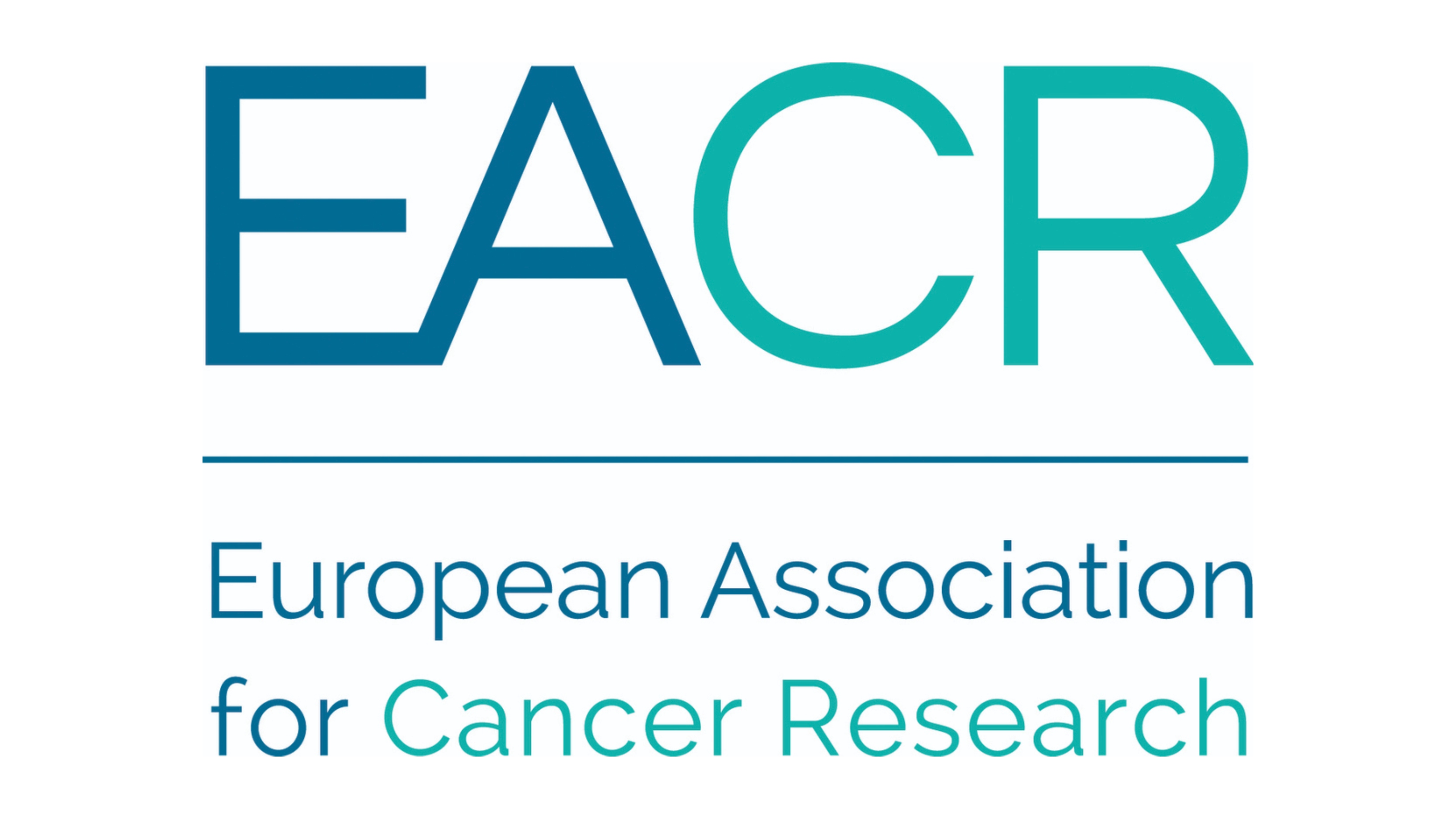The European Association for Cancer Research (EACR) shared the latest highlights in recent cancer research papers. Read the post on X below:
“The EACR Board has selected the latest highlights in recent cancer research papers. Discover why they chose the Cancer Discovery paper ‘Combining TIGIT Blockade with MDSC Inhibition Hinders Breast Cancer Bone Metastasis by Activating Antitumor Immunity.”
The EACR’s Highlights in Cancer Research is a regular compilation of the most notable and influential recent publications in the field of cancer research, selected by the European Association for Cancer Research (EACR) Board.
1. Long-term Multimodal Recording Reveals Epigenetic Adaptation Routes in Dormant Breast Cancer Cells
Authors: Dalia Rosano, Emre Sofyali, Heena Dhiman et al.
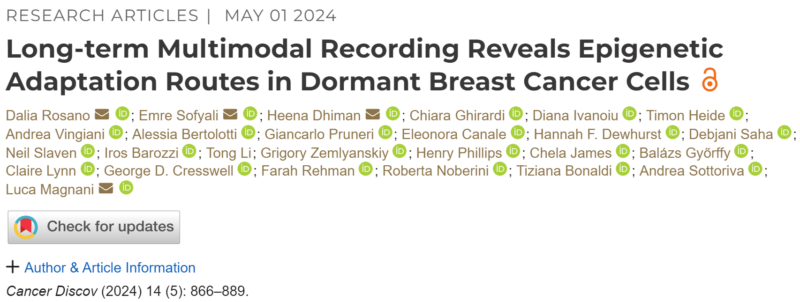
Late relapse in estrogen receptor-positive breast cancer (ER+ BC) patients on adjuvant endocrine therapies (ETs) is a significant issue, with up to 50% relapsing due to dormancy. This study found that ER+ BC cells enter dormancy through stochastic epigenetic reprogramming and can unpredictably reactivate without genetic alterations.
Targeting the epigenome of dormant cells may provide strategies to overcome resistance to ETs, highlighting the need for therapies focused on these dormant cancer cells.
2. Characterization of the generic mutant p53-rescue compounds in a broad range of assays
Authors: Shujun Xiao, Fangfang Shi, Huaxin Song, Jingyi Cui et al.

The tumor suppressor p53 is frequently mutated in cancer, leading to diverse inactive forms. While many compounds aim to restore p53’s function, only arsenic trioxide (ATO) and its analogue PAT showed reliable rescue in a study assessing 14 mutant p53 compounds across 10 assays. This aligns with previous findings from a 2021 Cancer Cell paper on ATO’s efficacy.
Authors: Athina Varveri et al.
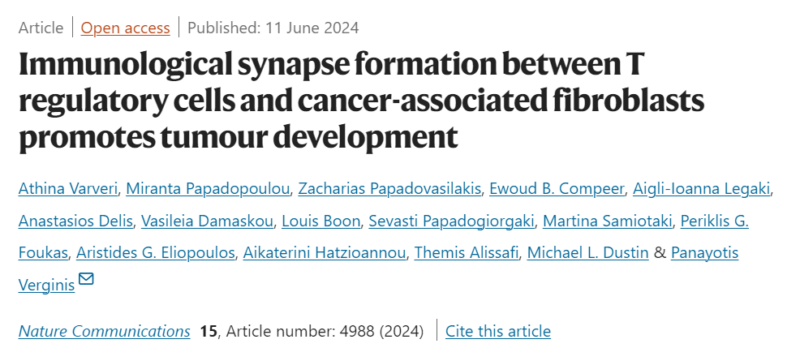
Cancer-associated fibroblasts (CAFs) promote an immunosuppressive tumor microenvironment (TME), aiding tumor growth. Varveri et al. found that α-SMA+ CAFs present tumor antigens to T regulatory cells (Tregs), activating them and enhancing immune suppression. CAFs’ high autophagic activity supports their survival and boosts antigen-specific Treg activation, strengthening the immunosuppressive TME and aiding tumor immune evasion.
4. Germline-mediated immunoediting sculpts breast cancer subtypes and metastatic proclivity
Authors: Kathleen Houlahan et al.

Houlahan et al. found that germline genetic variability influences breast cancer development by shaping immune responses. They showed that the body selects against genomic amplifications of germline variants that produce MHC class I antigens, affecting tumor subtypes from early stages. Tumors with high germline-derived epitope burden develop immune evasion mechanisms, making them more aggressive and prone to metastasis.
5. Spatiotemporally resolved colorectal oncogenesis in mini-colons ex vivo
Authors: Francisco Lorenzo-Martín, Tania Hübscher et al.
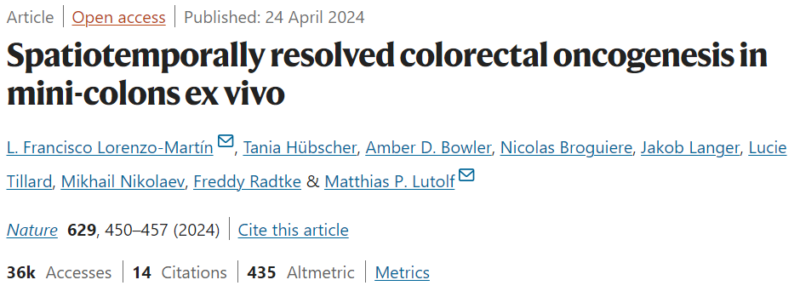
Researchers developed an ex vivo cancer model to improve understanding of tumorigenesis, overcoming limitations of conventional models. By using microfabrication, tissue engineering, and optogenetics, they engineered healthy colon epithelial cells to acquire cancerous mutations when exposed to blue light.
These cells were cultured in a microfluidic device to form long-lived miniature colon tissues, or “mini-colons.” This system allows for the induction of mutations in specific regions and real-time tracking of progression from early hyperplasias to tumors at single-cell resolution.
Authors: Ryan Serio et al.
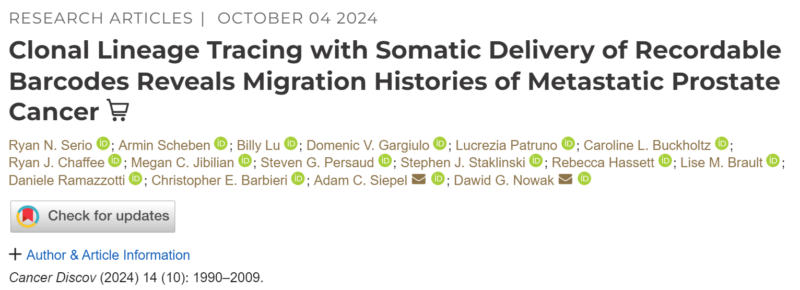
Metastasis to distal tissues is a key prognostic factor in cancer. Serio et al. studied aggressive metastatic prostate cancer in a mouse model, using CRISPR/Cas9 barcoding to trace cancer cell migration. They found significant clonal heterogeneity in metastatic seeding, with most metastases originating from the primary tumor.
Secondary seeding was rare, and re-seeding of the primary tumor was exceptional. The study suggests that polyclonal seeding may occur early in tumorigenesis and that mutations affecting tumor formation influence metastatic spread, warranting further investigation of different gene combinations.
Authors: Ziyi Li et al.
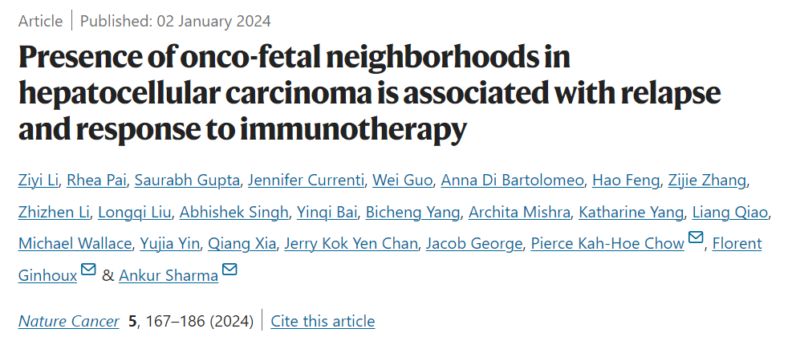
This study highlights the similarities between tumor growth and fetal development in hepatocellular carcinoma (HCC). The authors identified five cancer-associated fibroblast (CAF) subpopulations, with POSTN+ CAFs resembling fetal liver fibroblasts. Interactions among POSTN+ CAFs, PLVAP+ endothelial cells, and FOLR2+ macrophages were noted.
Higher oncofetal component levels in tumors correlated with early relapse after surgery. Additionally, two relapse patterns were identified, and an enriched oncofetal ecosystem was linked to improved responses to atezolizumab and bevacizumab, resulting in better progression-free survival.
8. Breast cancer exploits neural signaling pathways for bone-to-meninges metastasis
Authors: Andrew Whiteley, Danhui Ma et al.

This article investigates how breast cancer cells (BCCs) metastasize to the leptomeninges (LM) by bypassing blood-brain and blood-CSF barriers through emissary vessels. This process relies on α6 integrin-laminin interactions. In the LM, BCCs face nutrient deprivation but receive protection from perivascular macrophages that secrete GDNF, activating survival pathways in BCCs, highlighting complex tumor metastasis mechanisms.
Authors: Lea Monteran et al.

This study examines the immune microenvironment in breast cancer bone metastasis, highlighting the role of immunosuppressive granulocytes (MDSCs) and dysfunctional cytotoxic T lymphocytes (CTLs). The authors identify IL1b as a key suppressor, and targeting it alongside TIGIT reactivates anti-tumor immunity, enhancing survival in a mouse model. This suggests a potential combinatorial treatment strategy for bone metastasis.
10. Concurrent inhibition of oncogenic and wild-type RAS-GTP for cancer therapy
Authors: Matthew Holderfield et al.
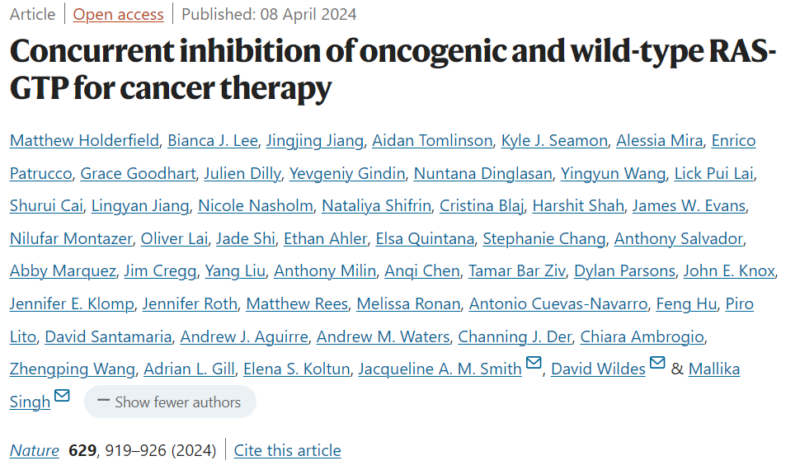
RMC-7977 is a novel small molecule inhibitor targeting the active state of RAS proteins, including KRAS, NRAS, and HRAS, addressing the unmet need for RAS-targeted therapies in cancers with non-G12C mutations.
It disrupts RAS effector binding by forming a tri-complex with RAS(ON) and cyclophilin A, inhibiting proliferation in RAS-addicted cancer cells. In preclinical models, RMC-7977 demonstrated potent anti-tumor activity and the ability to overcome resistance mechanisms associated with existing KRAS inhibitors.
More posts featuring EACR.
